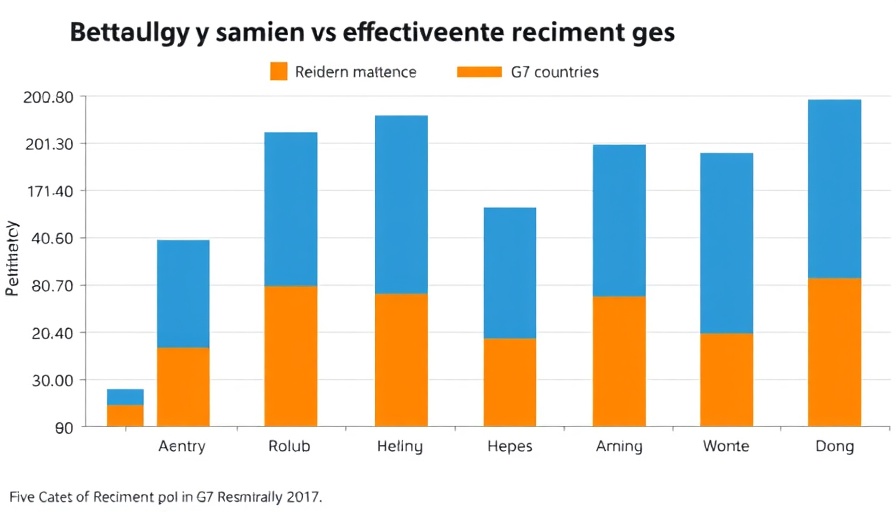
Understanding ICE Enforcement Actions
Immigration and Customs Enforcement (ICE) has increasingly turned its focus towards workplace enforcement actions, posing significant challenges for businesses across the country. Companies, regardless of size, must be prepared for unpredictable enforcement actions, which may include unannounced workplace raids or I-9 audits. Both scenarios can disrupt operations and impact employee morale. However, proactive measures can help mitigate these risks.
The Types of ICE Actions and Their Implications
ICE's enforcement strategies typically fall into two categories: workplace raids and I-9 audits. A workplace raid is an abrupt action where ICE agents, armed with federal warrants, enter a company’s premises to investigate suspected employment of undocumented workers. This can involve significant resources, including aerial surveillance and a coordinated approach to surround the location.
On the other hand, an I-9 audit is a less aggressive inspection but still requires employers to produce a considerable amount of documentation, such as employee identity and work authorization records, payroll information, and business licenses. While an I-9 audit does not usually disrupt operations as dramatically as a raid, it can still create stress and uncertainty for employees.
Preparing for Enforcement: Strategies for HR Leaders
For HR leaders, understanding employer rights and responsibilities is crucial in these situations. Preparation strategies can include conducting regular audits of I-9 forms, training staff on their rights during ICE enforcement actions, and fostering a culture of transparency that encourages open dialogue about immigration issues. Implementing people-first leadership approaches can significantly enhance employee engagement and retention, assuring staff that they are part of a supportive workplace.
Succession planning also plays a pivotal role in workforce strategy. In the event of sudden workforce displacement due to enforcement actions, having a solid leadership development plan can help organizations quickly adapt and maintain stability. Tailoring your workforce optimization efforts to include diverse talent retention strategies is essential in safeguarding against future disruptions.
The HR Metric: Assessing Risks and Opportunities
Monitoring HR metrics is vital in evaluating the effectiveness of compliance strategies and identifying potential risks. By leveraging performance-driven leadership, HR leaders can transform compliance efforts into opportunities for creating a high-performance culture. This proactive stance reflects a commitment to employee well-being while ensuring organizational compliance.
Ultimately, navigating ICE enforcement actions is a complex issue for businesses, but with the right preparation and a people-first mindset, they can protect their workforce while complying with federal regulations. The implementation of employee engagement strategies promotes resilience in the face of unexpected challenges.
 Add Row
Add Row  Add
Add 




Write A Comment